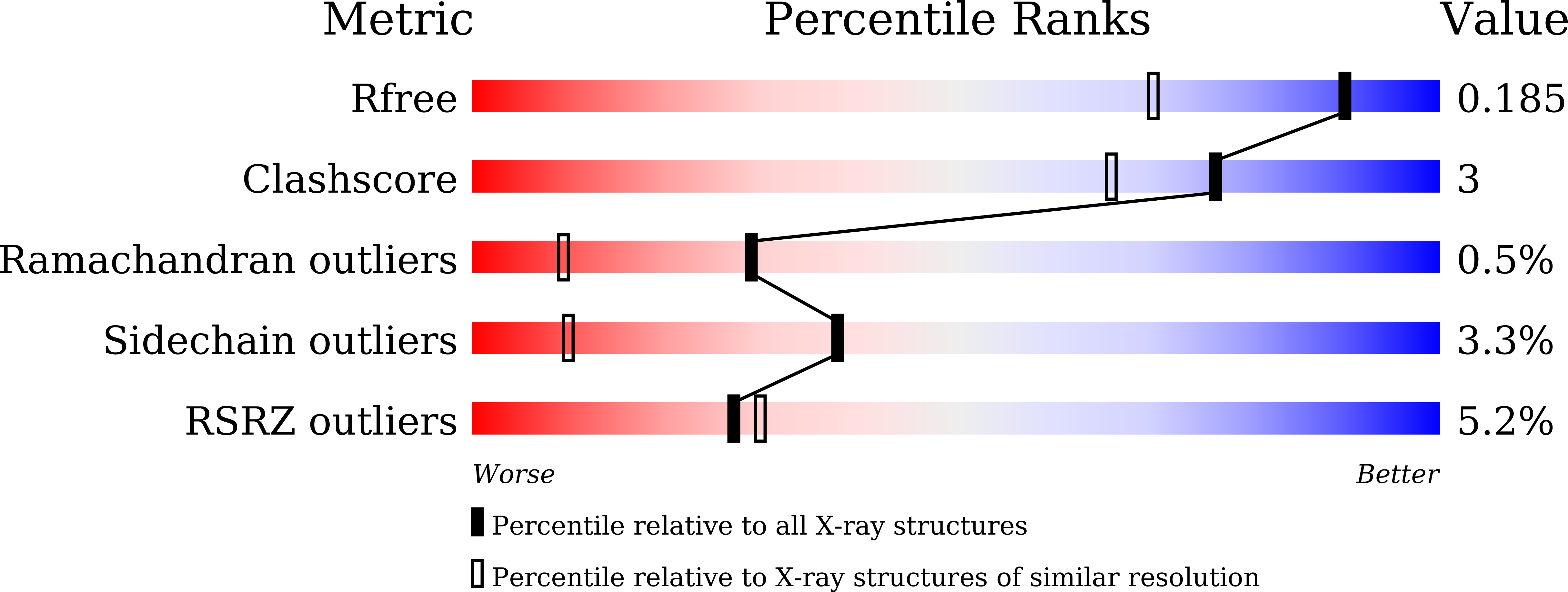
Deposition Date
2016-08-23
Release Date
2016-12-07
Last Version Date
2023-11-08
Entry Detail
PDB ID:
5GTU
Keywords:
Title:
Structural and mechanistic insights into regulation of the retromer coat by TBC1d5
Biological Source:
Source Organism:
Homo sapiens (Taxon ID: 9606)
Host Organism:
Method Details:
Experimental Method:
Resolution:
1.50 Å
R-Value Free:
0.18
R-Value Work:
0.13
R-Value Observed:
0.14
Space Group:
P 21 21 21


